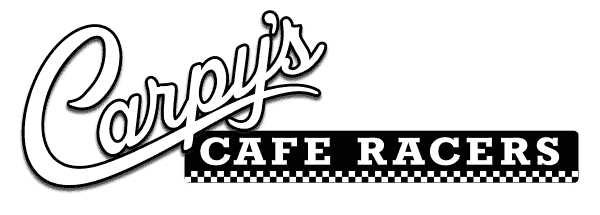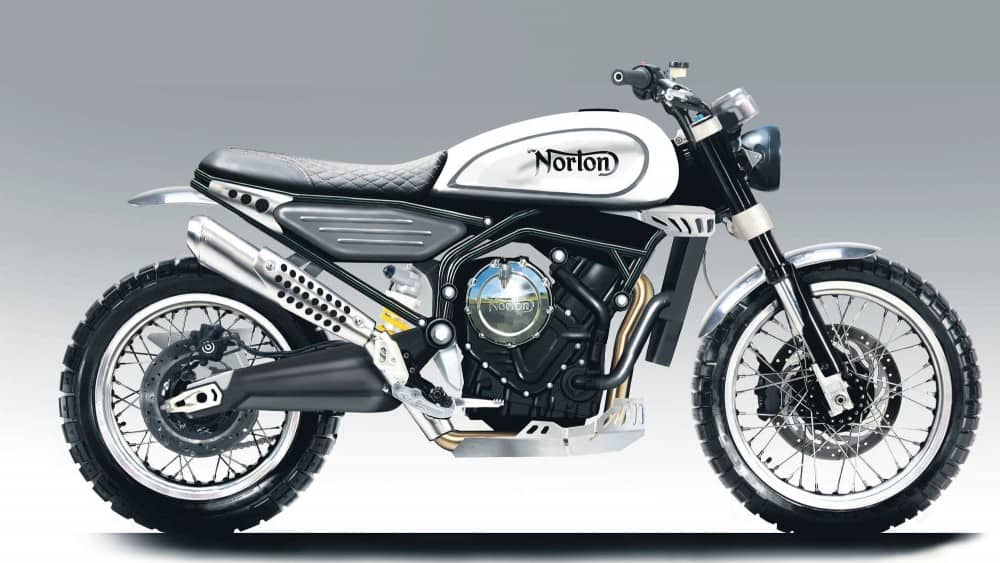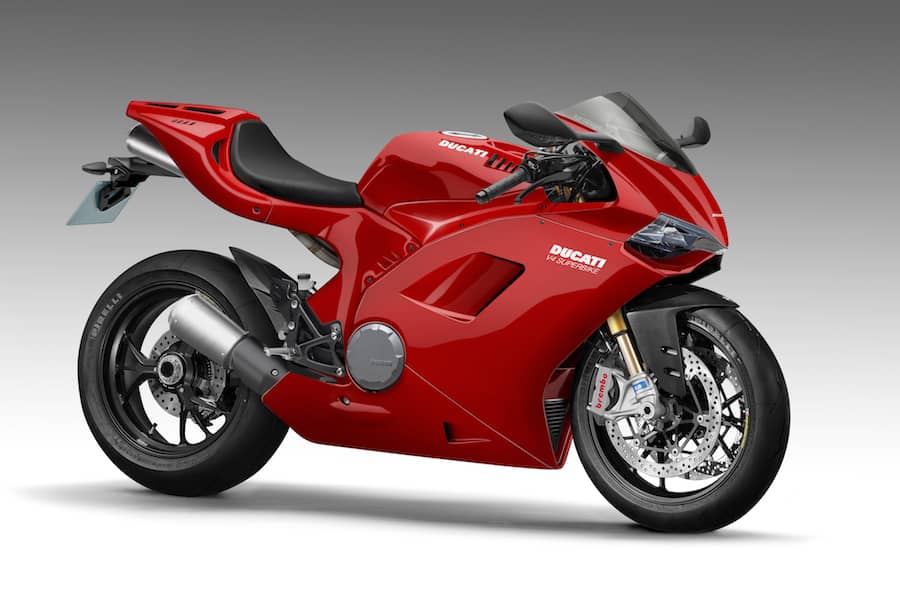I was reading my MCN today and at Last Norton are contemplating creating a 650 Scrambler and I think this will be a great opportunity for Back home and worldwide. I’d love to hve a Norton Dual Sport, a very fun and ergonomic machine that would be something to see for sure, so keep your eyes […]
Tag Archives: V4
With speculation rife that everyone from Harley-Davidson to Triumph to various Indian two wheeled giants, are lining up to buy Ducatifrom the beleaguered post-Dieselgate Volkswagen Group – we shouldn’t forget that the really important news is the imminent arrival of their new V4 superbike. Driven by the firm’s desire to recapture their World Superbike domination, […]


